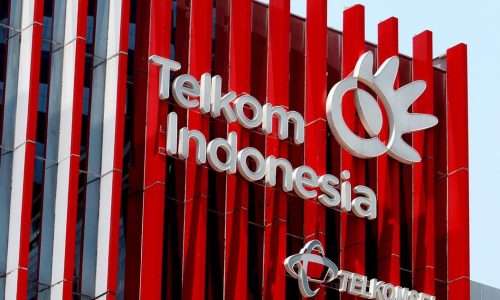Bank Indonesia (BI) will impose progressive rates on the Quick Response Code Indonesian Standard (QRIS) for transaction fees for micro traders.
QRIS new tariffs in effect in September 2023
Transaction fees for micro merchants merchant discount rate (MDR) for QRIS services will start on September 1, 2023. The MDR rate charged to micro businesses (UMI) will be set at 0% for a maximum transaction of IDR 100,000.
“For transactions above IDR 100,000, an MDR of 0.3% is subject to an effective validity period as soon as September 1, 2023, and throughout November 30, 2023, to provide an opportunity for the industry to prepare the system,” said Perry Warjiyo, Governor of BI, on July 25, 2023.
He explained that the policy is a mix of central bank policies to sharpen the payment system digitization strategy to expand digital economic and financial inclusion.
Meanwhile, QRIS service acceleration will also be carried out through the expansion of the TUNTAS feature or cash withdrawals, transfers, deposits and expansion of QRIS cooperation between countries.
Previously, BI reinstated the MDR rate for micro businesses of 0.3% in early July after previously giving a 0% discount.
BI also reminded UMI that these costs should not be passed on to consumers. MDR is a fee charged by payment service providers or banks to merchants.
Some time ago, BI provided relief for micro businesses by lowering tariffs to 0%. However, this policy was not extended.
“The implementation of MDR QRIS for micro businesses is carried out to maintain the long-term sustainability of the service delivery ecosystem,” said Erwin Haryono, Head of the Communications Department.
This fee will later replace the investment and operational costs that have been incurred by the parties involved in implementing QRIS, such as payment service providers, switching, service agencies, and usage standards. BI certainly does not gain any benefit from this rate.
BI assesses that this tariff will benefit traders in the long term because it aims to maintain the sustainability of QRIS services. With sustainable tariffs, it is hoped that the payment system services will increase.
On the other hand, the MDR QRIS rate for small, medium and large businesses is still set at 0.7% for education at 0.6%, and for transactions at gas stations, public service agencies (BLU) and public service obligation (PSO) at 0.4%.
QRIS user increasing in number
The Indonesian Payment System Association (ASPI) recorded that in December 2022, QRIS already had 28.76 million users, a number 4.6% higher compared to November 2022 month-on-month MoM, and an increase of 92.5% year-to-date (YtD).
This growth is due to the increasing number of QRIS merchants. ASPI noted that there were 23.97 million traders using QRIS, an increase of 5% MoM, growing 58.2% YtD. However, on average, the volume and value of QRIS transactions at each merchant tend to be low.
QRIS versus e-wallets
GoTo, a technology-based company, will release a special GoPay digital wallet application in the near future.
Previously, the presence of GoPay and other e-wallet players was not as strict as some time ago. However, with the presence of the QRIS transaction method it would be a strict competition.
Nailul Huda, a researcher from the Institute for Development for Economic Studies (INDEF) assessed that the presence of the QRIS service widens competition between digital wallets and digital banks that are developing instant payment features.
“But if you look at the use of digital wallets, I think the competition is still between three players with their respective ecosystems,” said Nailul.
Currently, there are three players with different ecosystems. These three players, GoPay with Gojek and Tokopedia (GoTo), OVO with Grab, and Shopeepay with Shopee.
In his opinion, the development of digital wallets will be quite significant. However, not as fast as a few years ago.
According to research by Insight Asia 2022, as many as 71% of respondents actively use digital wallets for all kinds of transactions.
This research also concluded that GoPay has become the most widely used digital wallet platform in the last 5 years.
As many as 71% of digital wallet users have used GoPay, 70% have used OVO, 53% have used DANA, and as many as 51% have used ShopeePay.
Meanwhile, a survey from Populix in 2022 shows that GoPay occupies the first position in terms of usage with 88%, DANA 83%, OVO 79%, ShopeePay 76%, and LinkAja 30%.









